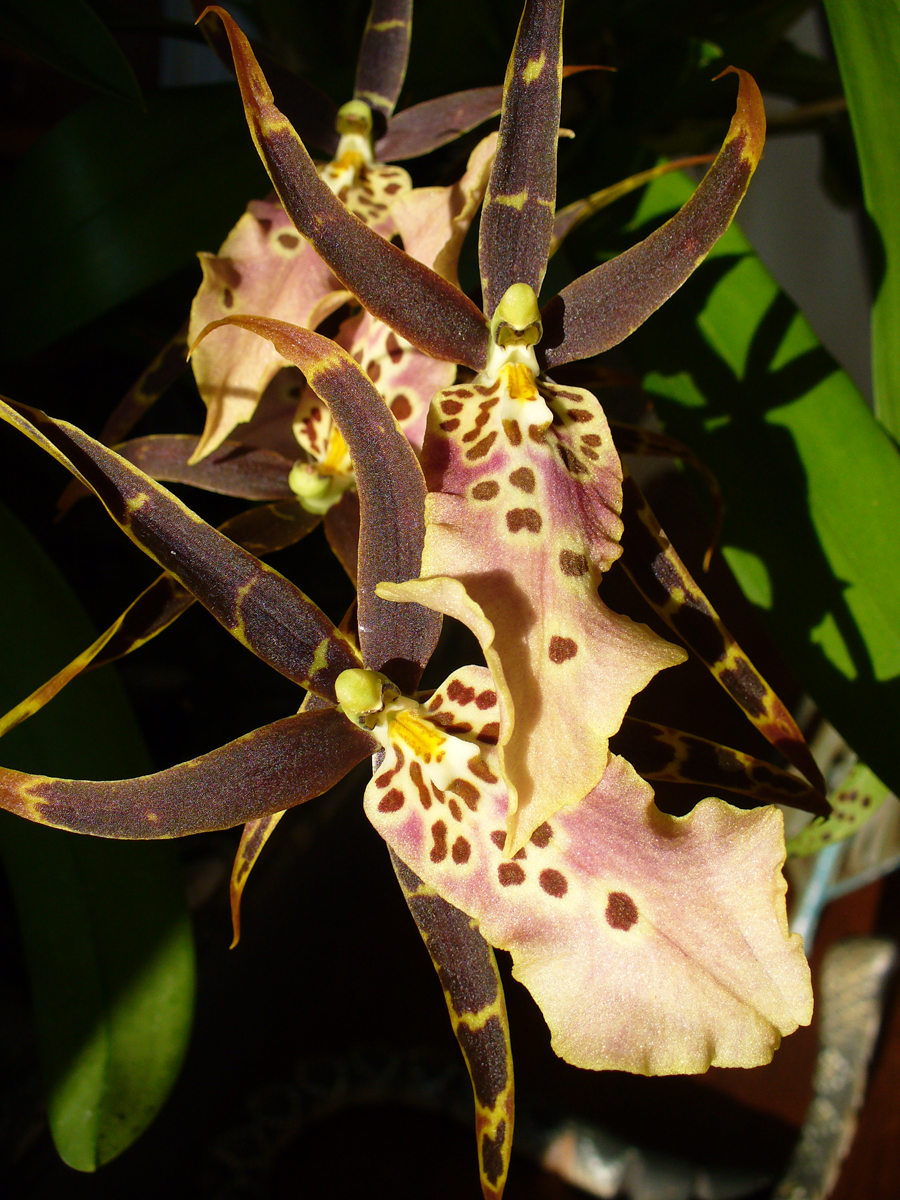
Shelob
There agelong she had dwelt, an evil thing in spider-form, even such as once of old had lived in the Land of the Elves in the West that is now under the Sea, such as Beren fought in the Mountains of Terror in Doriath, and so came to Luthien upon the green sward amid the hemlocks in the moonlight long ago. How Shelob came there, flying from ruin, no tale tells, for out of the Dark Years few tales have come. But still she was there, who was there before Sauron, and before the first stone of Bara-dur; and she served none but herself, drinking the blood of Elves and Men, bloated and grown fat with endless brooding on her feasts, weaving webs of shadow… none could rival her, Shelob the Great, last child of Ungoliant to trouble the unhappy world. (pg 707)
Tolkien informs us about the mythical Shelob.
This passage shows us that Tolkien could very well have been a fine horror author had he pursued it. There agelong she had dwelt, an evil thing in spider-form…He knew that in of itself a giant spider is unsettling but not horrifying, but a creature with history, some unknowable evil merely taking the form of a spider, is a terror that stays with you. That’s why I find this passage scary, not because it is about a nasty creature, but becaue of Shelob’s sheer omnipresence as state in this part; how Shelob came there, flying from ruin, no tale tells, for out of the Dark Years few tales have come. But still she was there, who was there before Sauron, she borders on myth and is emblematic of all the bogeymen stories from all cultures of the world.
That is essentially what makes monsters scary, is their distance, the mystery that surrounds them—no one knows where the jersey devil, the boogeyman, or the Slenderman came from, only that they are the embodiment of evil.
What are two hobbits to do against a creature older than Sauron himself? How can Frodo and Sam fight a horrible thing that has managed to exist for centuries, doing whatever it likes as empires fall in the background. The sheer age of Shelob puts her in the realm of beings like Cthulu, things that exist outside our perceptions of reality and in doing so scramble our view of the world, just by looking at them.
The other thing that Tolkien uses here to make Shelob a greater threat is the fact that she is a free agent, servant to no one. She served none but herself, drinking the blood of Elves and Men, bloated and grown fat with endless brooding on her feasts, she is not a minion, or a lapdog of some other force, no Shelob like Bombadil exists in her little world and acts as she pleases. This gives power, there is no reward or ulterior motive surrounding her, she simply exists to create chaos and bring evil into the world. Shelob really is cut from the same cloth as some of fiction’s greatest villains, from Buffalo Bill in Thomas Harris’s The Silence of the Lambs to DC Comic’s The Joker, Shelob is merely an agent of chaos, with no plan other than to be a parasite on the living.
All of this is accomplished though lore, Tolkien was wise not to simply drop a Spider into our midst and point at it screaming “Look!”, but instead he builds Shelob into a creature, revealing information yet paradoxically making her more mysterious, pushing her deeper into the depths of his legendarium. The funny part is I can’t help but feel that he may have had some affection for Shelob—or at least a bit of pride at creating something so deliciously evil.
“The oldest and strongest emotion of mankind is fear, and the oldest and strongest kind of fear is fear of the unknown” H.P. Lovecraft
